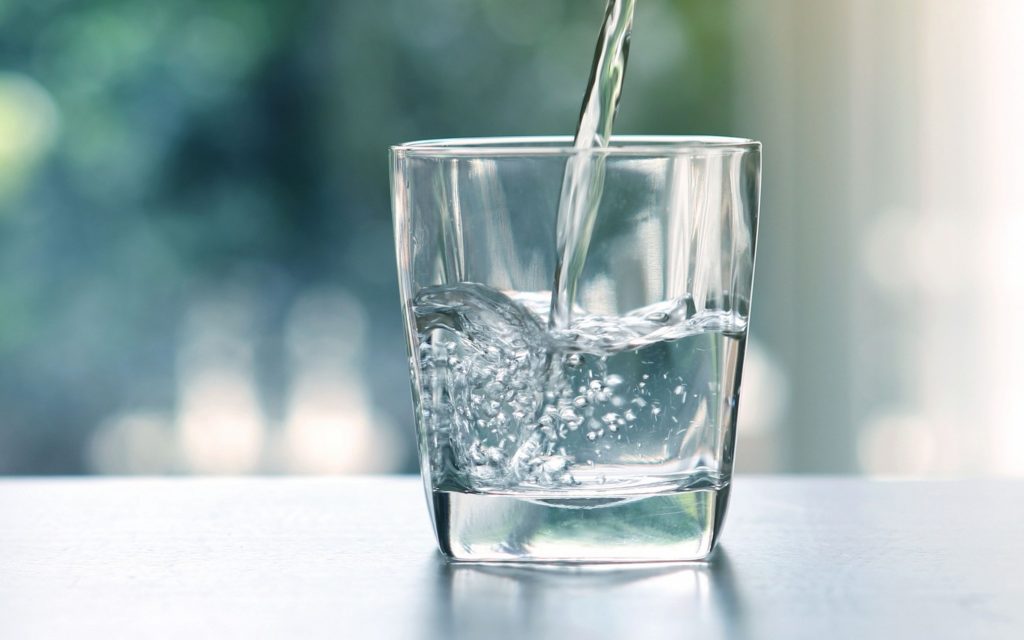
Have you ever purchased a bag of beans from your favorite café but found the brewed flavor lackluster and way different from the cup you enjoyed in the coffee shop? You might doubt whether you are brewing in a right way. This comes to an often-overlooked element of making coffee: Water. Water constitutes 98%-99% of the delicious drink and it deserves to be considered one of the most predominant aspects in brewing coffee.
Three Key H₂O Components
There is a sea of elements contained in water. From a coffee point of view, the three most pivotal characters would be calcium, magnesium, and bicarbonate, the so-called buffer. Calcium is regarded as the most influential ion concerning extraction, for it grabbing onto flavor molecules in coffee. It is also believed to be a “sweetener” to water, since a proper volume of calcium would result in less bitterness. Moreover, it plays an important role in affecting the hardness of water.
Magnesium is less likely to bind to flavorsome compounds in coffee. It has a greater affinity for small acidic compounds. Magnesium has a stronger influence on bitterness than calcium, especially when there are lots of magnesium together with sodium, the bitter taste would be enhanced.
Both calcium and magnesium are of most concern with respect to extraction due to their ability to help extract more coffee compounds into the water. On top of that, there is one molecule mastering the destiny of the drink, bicarbonate. As an alkaline compound, bicarbonate is able to buffer the addition of acids to the water, thus stabilize PH in the water efficiently.
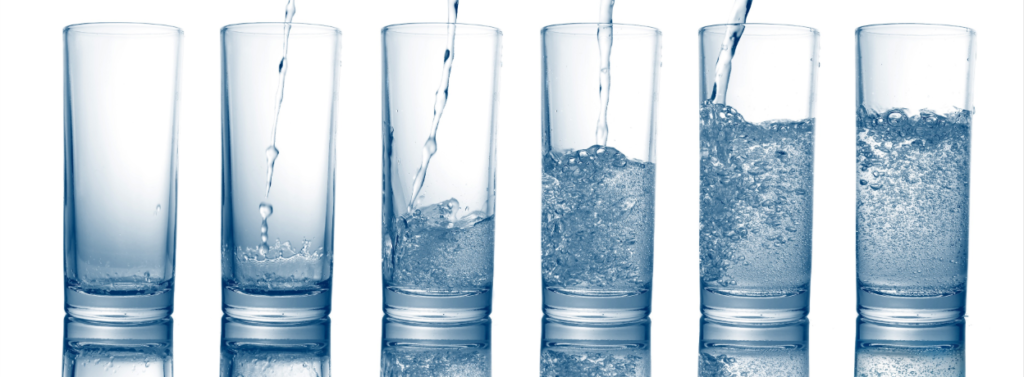
How Water Quality Affects Coffee Extraction
It definitely matters to check the brewing water quality towards a more balanced cup of coffee. This part focuses on three major metrics – TDS, hardness, PH – that make a difference in water and coffee, but remember there are a number of other parameters in a brewing process.
TDS Total dissolved solids (TDS) refers to the total amount of substances dissolved in a given volume of solution. Most commonly, TDS is expressed in parts per million (ppm) or mg/L.
Why a lot of people talk about TDS? It can be used to estimate how strong the coffee is as it correlates to how much “stuff” is dissolved in water. Nevertheless, there is a limit to how much minerals inside coffee beans can be extracted before undesirable compounds are released.
This turns out a close relationship between TDS in brewing water and extraction efficiency. Water with low TDS tends to over-extract coffee, whereas water with very high TDS is likely to under-extract coffee.
For example, if the brewing water has a TDS over 450 mg/L, you probably get an imbalanced cup of acidity and body, tasting heavy and dull muddled, muted aromas and flavors, with a harsher finish. If TDS is below 45 mg/L, you would end up with little body, astringent and tart taste.
Hardness Most definitions describe a water with high mineral contents as “hard”, and likewise, a water with low mineral contents as “soft”. The problem is that when talking about water hardness, it is not simply about mineral contents. A hard water specifically means one with a high buffer which is quoted as temporary hardness, since then the general hardness (or permanent hardness) which is the amount of calcium and magnesium can cause lime scale formation. General guidelines for classification of water hardness which is measured as calcium carbonate are: 0 to 60 mg/L is classified as soft; 61 to 120 mg/L as moderately hard; 121 to 180 mg/L as hard; and more than 180 mg/L as very hard.
When coffee meets really hard water, the resultant beverage tends to taste dull, flat, chalky and earthy. In contrast, when brewing coffee with extremely soft water, it is very likely to have a cup filled with vinegary and sour acidity. Additionally, its lack of mineral pulling power further contributes to the empty and sharpness sourness because the almost empty water is unable to grab more complex organic molecules.
PH (Potential of Hydrogen) is a measure of how acidic/basic water is. Basically, water is neutral meaning it is of PH 7 at the temperature of 25 ℃. It is alkalic when PH is greater than 7, the greater the alkalinity, the stronger its ability to neutralize acids. In the same way, it displays acidic when PH is less than 7, the more acidic water is, the more potent it is to be neutralized by base. The regular tap water throughout China presents alkalescence.
Coffee is predominantly made up of weak acids by its nature. It is extremely simplified regarding the signification of PH for coffee. Acidic water might not be good for extraction but probably be suitable to maintain the original flavor of coffee. Overly acidic water can even cause corrosion of your equipment. Basic water sounds good for extraction, while too much alkalinity can lead to a soapy taste or residue.
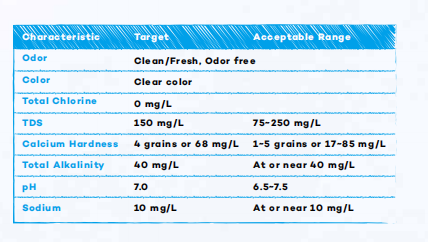
Characteristic
In order to make a superior extraction of coffee, the Specialty Coffee Association (SCA) has a standard for brewing water. To put it simply, the water should be clean, free of odors, colors, or off-flavors. It is best to have a neutral PH, with ideal dissolved solids of 150 mg/L, including 4 grains of calcium hardness, 40 mg/L alkalinity, and 10 mg/L of sodium. According to the Coffee Brewing Center, the quality of coffee will be seriously damaged if the brewing water has a TDS greater than 300ppm, general hardness over 150ppm, total alkalinity over 100ppm, and contents of sodium and potassium exceeding 500ppm.
The Water Standards are time-tested and broadly well accepted. Still, it serves as a source of information helping you make a perfect cup of coffee.
Main Methods of Water Filtration
Knowing the contents and characters of water gives us a picture of water quality, but this is not enough. Only we know how to improve the water itself can we better control the quality of coffee. Currently, there are three major techniques of water filtration employed by the coffee industry, reverse osmosis, ultrafiltration and ion exchange system.
Reverse osmosis (RO) is a method of physical separation where high pressure is applied to strip nearly everything out of the water through a semipermeable membrane. With the finest pore sizes of 0.00001 microns, RO blocks and removes all germs and contaminants from water. It is highly important to recognize despite that RO is designed to soften and purify your source water, all of those essential minerals are filtered down to near zero, and PH progresses towards neutrality. Also, the small orifices would easily get clogged as a result of a large amount of filtered substances.
Ultrafiltration (UF) water treatment technology adopts a hollow fiber membrane and standard home water pressure to filter suspended particles and other potential contaminants down to 0.01~0.1 microns. UF system is generally considered as a more cost-effective option than RO method. Ion exchange (IX) system is a physical-chemical process which selectively removes unwanted substances via exchanging ions of similar electrical charges. The most familiar is a resultant sodium exchange which removes calcium and magnesium in the source water by ion-exchange resin. The yielding solution is much softer due to hardness reduction through the decarboxylation of bicarbonate. In contrast to RO, IX produces far less waste water. Thus, for areas with high wastewater disposal costs or water resource scarcity, IX is often an ideal low cost alternative to RO.

Case
If the academic words possibly tire you, here is a lively example to cheer you up. This is a case shared by 21 Gram Coffee based in Xiamen City. Let’s see how they employ water treatment and if their approach may spark your ideas.
The water purifying can be broken into three primary stages. In the first place, they use polypropylene (pp) cotton filter which serves as a sediment filter to remove suspended particles and other coarse particles. Secondly, MC2 filtration by Everpure is adopted playing the part of carbon filter. Particularly, it not only reduces chlorine taste and odor and cysts, but also micro-filters dirt and other offensive contaminants down to 0.2 microns in size. One point to mention here is that in consideration of the old town where the coffee shop is located, the corrosion in aging pipes means an adverse impact on the incoming water. Therefore, they selectively opt for a ‘high flow’ version to ensure rust reduction. Besides, its prevention of bacteria growth can further protect the machine. In the last stage, Claris cartridge is utilized through which the main operational principle is ion exchange. It acts to softening via decarbonization and sequestering to stabilize mineral contents, producing a balanced alkalinity and mineral composition in water. Remember that cartridges need to be changed on a regular basis, every four to six month, as part of preventative maintenance. Overall, 21Gram believes these processes deliver the ideal water for espresso and ‘most’ filter coffee in their store. Concerning those beans with special characters or a matter of personal preference to present some flavors, their baristas would choose specific bottled water to brew.
The best water treatment technique? There is no universal answer. The most sensible solution is to understand your source water before making a decision. You might start with a key question that in what area your coffee shop is situated. Is it close to heavily polluted sewers? Or is it inside a district with good water systems. Then you move on to analyze the strengths and weaknesses of those water filtration methods, and select the one suitable for your own store. Last but not least, it is significant to take post-maintenance into account such as cartridge replacement which is key to a filter life.
Anyway, measure, experiment, and most importantly, enjoy!
*All photos from the Internet.




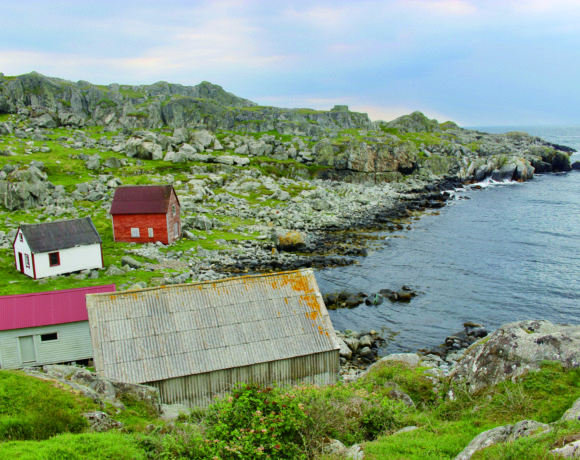
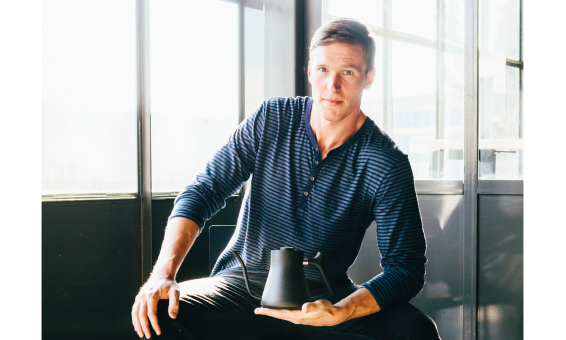






NO COMMENT